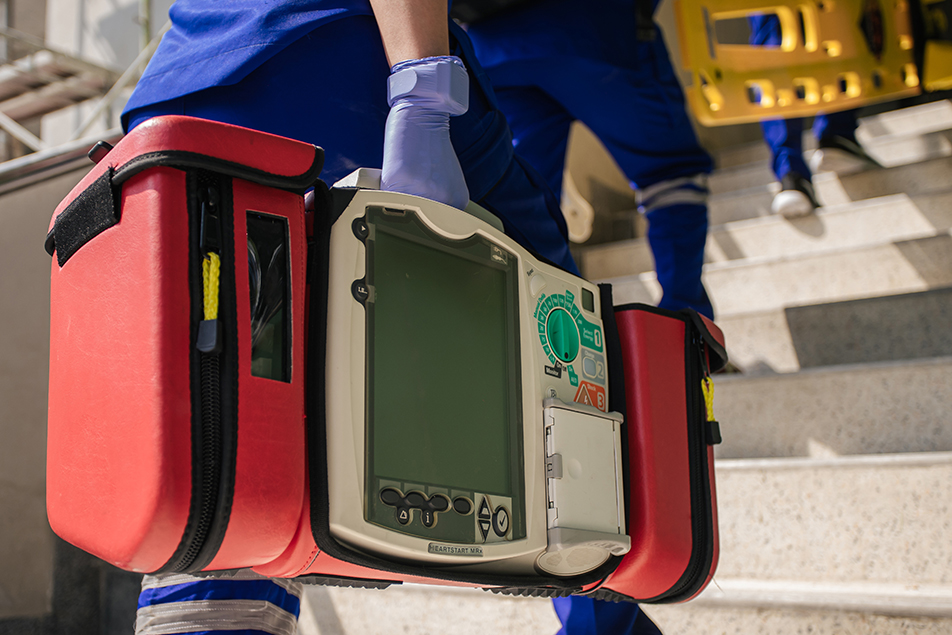
This post was written based on an interview with William Collis, MD, PPG – Cardiology.
The events of Monday night, involving Buffalo Bills safety Damar Hamlin, have created a lot of conversation around heart health and athletes. At just 24, Damar suffered cardiac arrest and collapsed on the field following a hit early in the game. While Parkview is not involved in this patient’s diagnosis or care, there are some scenarios cardiologists see in active individuals that are worth discussing.
Cardiac events for athletes
Among the triggers for cardiac arrest in athletes is commotio cordis, which occurs when an individual receives a blunt force trauma to the heart during a very sensitive period of the relaxation phase of the cardiac cycle. During that time, if the trauma occurs, it can actually cause a bad rhythm, called ventricular fibrillation. While we only see about 20 to 30 instances of this worldwide each year, it is possible. There are no defined risk factors for commotio cordis, though it typically affects baseball pitchers, when a batter hits the ball, and it strikes the pitcher in the chest.
Another potential trigger is hypertrophic cardiomyopathy (HCM), a condition that causes an abnormal thickening of the septum of the heart. HCM took the life of college basketball player, Hank Gathers, in 1990. People can have a bad heart rhythm for a number of reasons, but people with HCM are at a heightened risk for irregular rhythms.
It is also rare, but possible, for an athlete to have a rupture or tear in the coronary artery following a trauma. This could cause a cardiac event or concerning heart rhythm.
Life-saving intervention
Thankfully, this player was treated promptly by healthcare professionals and the use of a defibrillator. The fact that he got early resuscitation was favorable, but it’s difficult to know the prognosis until a patient wakes up.
It’s likely that the trigger for this cardiac event was very rare, but it’s still important to be aware of the risks for athletes. All sports organizations should make sure athletic teams have access to a defibrillator and someone who is medically trained to use it. (You can see our video on how to use an AED machine here.)
Prevention
This event has prompted discussions about screening. Do players need EKGs or echocardiograms? There isn’t a great consensus. Young athletes are required to have a physical prior to their playing season, and if the provider notices a murmur, it would be reasonable to consider looking into an ECHO, just to be sure.
I would also say, it’s important to notice any changes or concerning symptoms and pursue answers. Clearly, chest pain is always cause for further evaluation. I would say the same is true for shortness of breath that can’t easily be explained by the level of exertion. If an athlete is running long distances, they will be short of breath, but if they notice that running shorter distances is causing this reaction, or there’s been a significant change in endurance, it’s worth investigating. Passing out or near passing out with exertion should trigger evaluation as well.
The data suggests that most young athletes don’t need to worry about a cardiac event, but it’s best not to ignore any concerns or situations when a player’s health is compromised.



